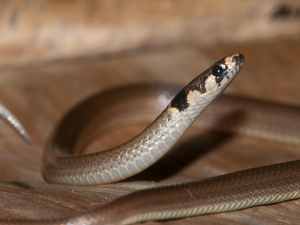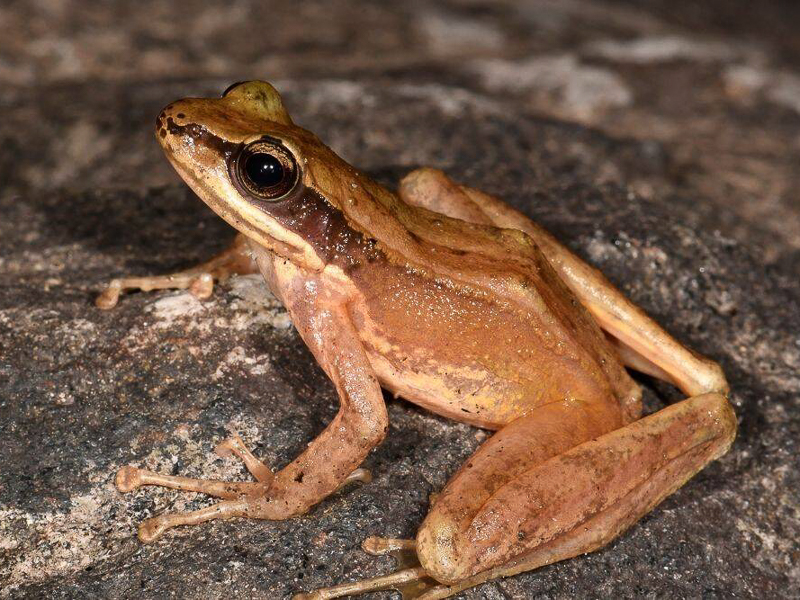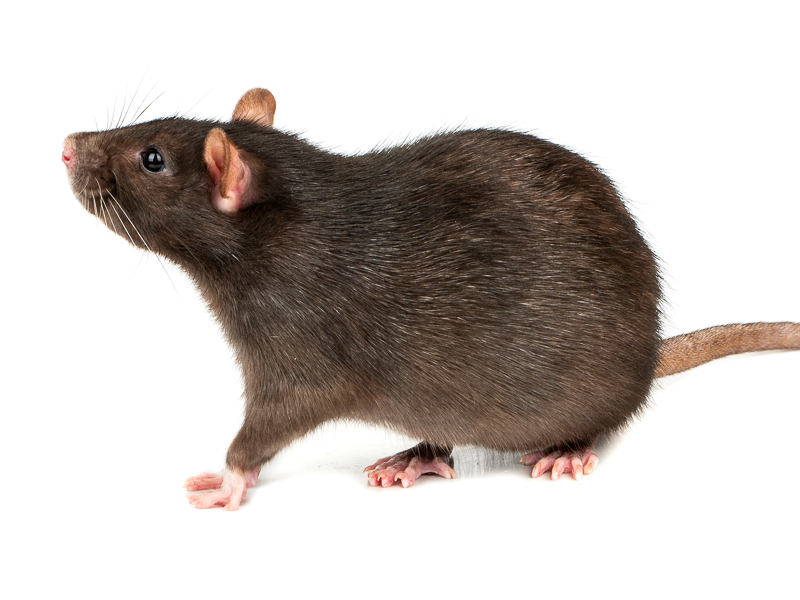
NC Museum’s ‘BugFest 2021: Plan Bee’ takes place virtually and outdoors Sept. 13-18
September 2, 2021
[RALEIGH, N.C.] — Like almost everything else, BugFest will be a little different this year … welcome to BugFest 2021: Plan Bee, a celebration of bees! Did you know there are more than 20,000 species of bees worldwide, and more than 4,000 in North America alone? Seventy percent of the world’s agriculture depends on bees… Read More >

Unearthing the species diversity of a cryptozoic snake
Despite the widespread distribution ranges of certain cryptic species, their presence on islands often reveals lineages divergent from those on the mainland and even the presence of new species. Therefore, an understanding of both the ecology and evolutionary history of an endangered species on islands is pivotal for ensuring their effective protection and conservation. In… Read More >

Keep Pushing: A Conversation with a Budding Black Female Conservationist
August 26, 2021
As a child she liked to just “go sit in the woods.” Her mother enrolled her in the Girl Scouts in third grade, where she was able to go camping, fishing and hiking. For Adrienne Lambert, this was the first time in her young life that she could really be in and learn about nature…. Read More >

Museum researcher helps discover new species of frog in India
Cascade frogs are named so because of their preference for small waterfalls or cascades in flowing hill streams. A team of researchers from Delhi University, along with biologists from the Wildlife Institute of India and North Carolina Museum of Natural Sciences herpetologist Bryan Stuart, have discovered a new species of cascade frog in Arunachal Pradesh,… Read More >

Museum’s Dr. Mike Cove on this week’s CREEP podcast: Rat Race
August 24, 2021
Rats have been hitching a ride with humans around the globe for so long, it’s easy to forget that in most places they are an invasive species. These clever, voracious vermin have staked their claim on cities across six continents, but in some parts of the world, there’s a push to reclaim key places from… Read More >

